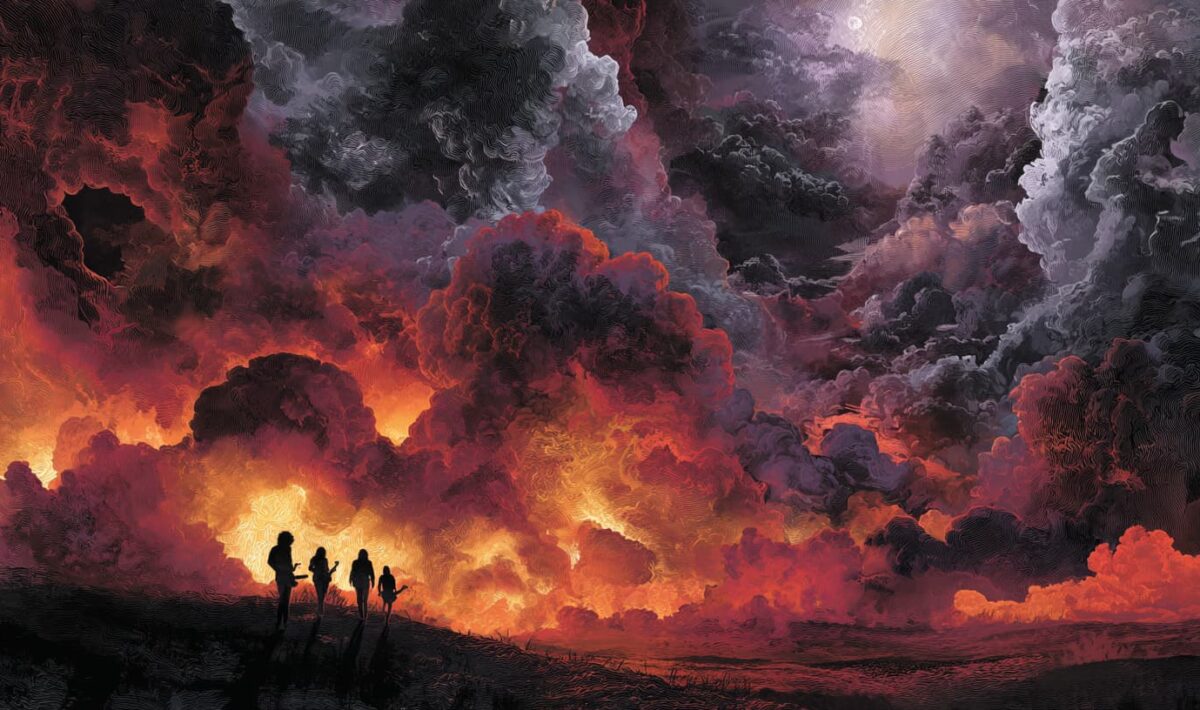Heavy metal can feel like a storm breaking through calm waters. It erupts, shakes you, and sometimes it leaves you wondering how a noisy guitar riff changed everything.
If you’ve ever thought, “How did this loud music culture start and why does it still matter?, it’s time to understand how heavy metal came to be what it is today.
The Origins
Heavy metal did not arrive fully formed. Instead, it grew from the blues-influenced rock of the mid-1960s. Bands such as Cream, The Jeff Beck Group and The Yardbirds experimented with distortion, feedback and a heavier-than-usual sound.
Then, by the late 1960s, certain bands began to push things further. For instance, the song “Born to Be Wild” by Steppenwolf included the lyric “heavy metal thunder”, pointing to a nascent label for the sound that would follow.
The first landmark releases
Often credited with defining the genre, Black Sabbath (from Birmingham, England) released its first album around 1970, introducing distorted guitar riffs, dark imagery and themes of doom and despair.
At roughly the same time, bands like Led Zeppelin and Deep Purple were also contributing critical building blocks, with virtuosic performances and heavier tones.
The conclusion at this stage is that heavy metal emerged from rock’s evolution, and these early bands laid the foundation for what was to come.
The Classic Era: The 1970s to Early 1980s
Once the sound was established, a wave of bands refined and expanded it. In the 1970s and early 1980s, heavy metal became more than just loud riffs: it became imagery, attitude and showmanship.
According to the GRAMMY, this period saw bands like Judas Priest, Iron Maiden and Dio (via Dio the band) bring technical proficiency, twin-guitar attacks, soaring vocals and theatrical presentations.
By the late 70s and early 80s, the NWOBHM (New Wave of British Heavy Metal) movement mounted. Bands from this wave emphasized speed, melody and a renewed energy.
One consequence: heavy metal began influencing the next generation of even harder styles. The key takeaway is that this era cemented heavy metal as a true genre, not just a louder rock variant.
The Thrash & Extremes: Mid-1980s Onwards
Another pivotal moment came when bands sought to go faster, heavier and more aggressive. The so-called thrash metal movement produced bands like Metallica, Slayer and Megadeth. Thrash brought the tempo up and the riffs more urgent compared to earlier forms of metal.
From thrash, the genre kept branching: death metal, black metal, power metal and more. Each of these took core elements of heavy metal and twisted them in new ways. The result is a music genre that was no longer monolithic but a sprawling tree of styles.
Legendary Bands & Their Impact
Black Sabbath
Black Sabbath deserves its place at the very start of the heavy metal story. They may have sold tens of millions of records, and their album Paranoid is widely cited as one of the early genre-defining works.
Their importance cannot be overstated: just as radio amateurs might gather around pioneering equipment, metal fans gathered around these early sounds, recognising something entirely new.
Metallica
Metallica’s career shows how heavy metal moved into the mainstream. According to one breakdown, they achieved equivalent album sales (including physical, digital, streaming) numbering around 180 million, which places them at the very top among metal acts.
Their success illustrates metal’s capacity to be both extreme and commercially viable.
Scorpions
While often classified under rock, the German band Scorpions also played a major role in metal’s global reach. With estimated worldwide sales exceeding 100 million albums, they helped export the heavy guitar-driven sound to non-Anglo markets. They demonstrate how metal became an international language of sorts, crossing borders..
Heavy Metal’s History is Built on a Handful of Landmark Moments
Just as radio amateurs experiment and communicate over long distances, heavy metal bands experiment and broadcast their sound across decades and continents. That shared spirit of exploration, rebellion and connection makes the story of heavy metal worth following.
For those who love history, music or sub-cultures, the key moments and legendary bands above provide a map. If you dive into the albums, concerts and stories behind them, you’ll find the echoes of thousands of riffs and voices still resonating today.

